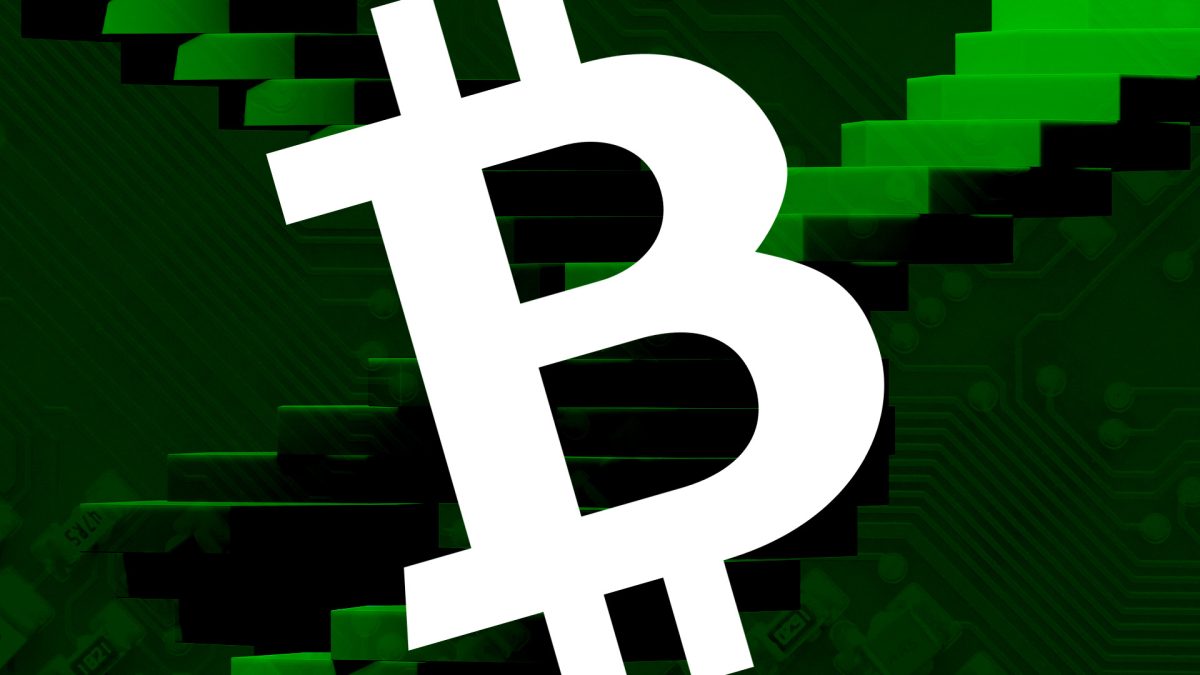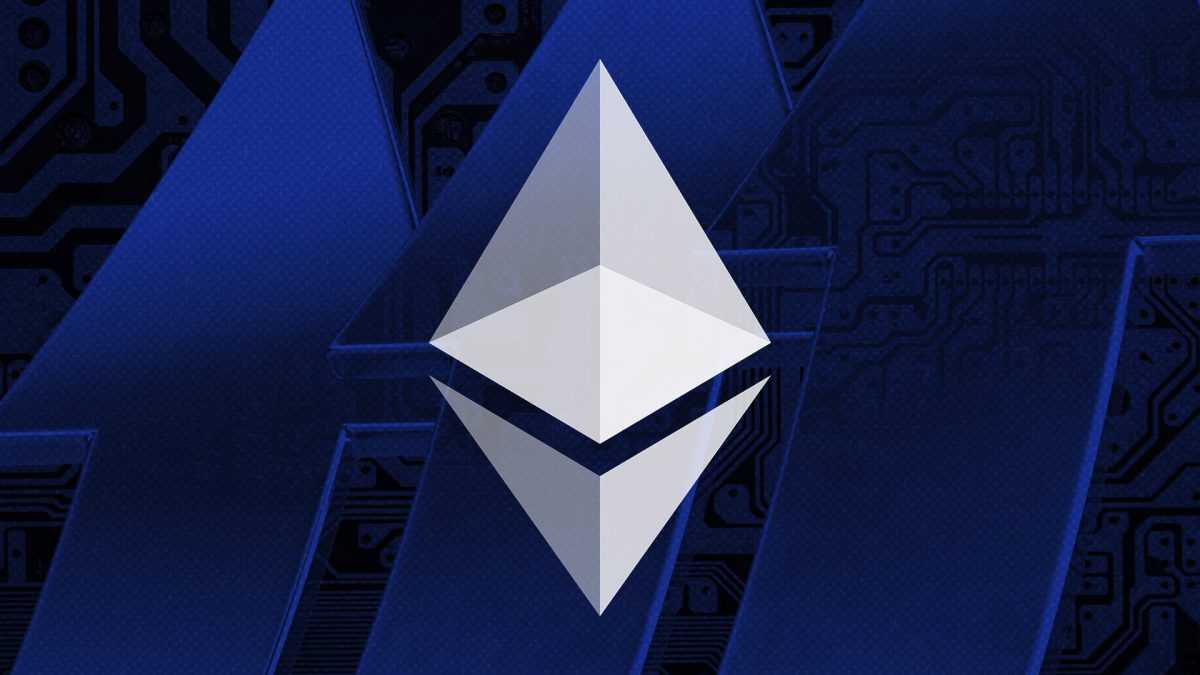
Polkadot (DOT) USD Price
Polkadot Price Data
Polkadot (DOT) currently has a price of $7.022 and is down -1.61% over the last 24 hours. The cryptocurrency is ranked 16 with a market cap of $9.6B. Over the last 24 hours, it saw $198.4M of trading volume. The token has a circulating supply of 1.4B tokens out of a total supply of 1.4B tokens.
Polkadot (DOT) is a decentralized platform that enables the transfer of various types of data between different blockchains. It seeks to enhance the interoperability and scalability of the blockchain ecosystem.
Unique Features of Polkadot:
Interoperability
Polkadot is a cryptocurrency that is known for its feature of interoperability. Interoperability allows different blockchain networks to communicate and interact with each other, enabling seamless exchange of information and assets. Polkadot solves the problem of blockchain fragmentation by connecting independent blockchains through its unique relay chain. The relay chain serves as the backbone, linking specialized parachains together. Parachains run alongside the relay chain, each with its own purpose and rules. This interoperability enables efficient communication and asset exchange across different chains.
Scalability
Scalability refers to the network's ability to handle a large number of transactions efficiently. Unlike Bitcoin and Ethereum, which struggle with scalability as the number of users and transactions increase, Polkadot addresses this issue through sharding.
Sharding is a technique used by Polkadot to divide the blockchain into smaller parts, or shards. Each shard is capable of processing transactions independently. This allows Polkadot to process multiple transactions simultaneously, improving the network's throughput and performance.
Governance
The decision-making process for upgrades and changes is done collectively, ensuring flexibility, adaptability, and security as the network evolves. In the Polkadot ecosystem, governance decisions rely on on-chain governance. Token holders play a crucial role in shaping the network's future by voting on proposals. The voting power is proportional to the number of DOT tokens held, ensuring a fair and democratic decision-making process without any single entity having full control.
To maintain a balanced governance mechanism, Polkadot implements a system of checks and balances. This involves three levels of decision-making: the council, technical committee, and token holder referenda. The council proposes and approves referenda, the technical committee evaluates technical aspects, and token holders have the final say through their votes on proposals.
The governance feature of Polkadot brings numerous benefits to the network. It actively involves the community in decision-making, promoting decentralization. The network evolves based on consensus rather than centralized control, enhancing security and stability. Additionally, timely upgrades and improvements can be made, ensuring the network remains adaptable. Lastly, transparency and accountability are maintained as all decisions and voting outcomes are recorded and visible on the blockchain.
Cross-chain compatibility
Unlike traditional cryptocurrencies, which often face isolation and lack of interoperability, Polkadot acts as a bridge between multiple blockchains, enabling seamless transfer of value and data. This cross-chain compatibility brings numerous advantages. It simplifies and expedites the transfer of assets and data between different blockchains, enhancing efficiency and scalability. By promoting collaboration among blockchain communities, Polkadot aims to create an environment where different blockchains can interact and benefit from each other's strengths, driving collective growth and advancement in the industry.
Shared security
The shared security model of Polkadot is made possible through its native token, DOT. Holders of DOT have the privilege to participate in network governance, including decision-making for security measures. This ensures that all connected blockchains can maintain a high level of security without the need to establish their own protocols.
When was Polkadot created or founded?
Polkadot was created in 2016 by the Web3 Foundation. It was developed as an open-source project with the aim of building a scalable and interoperable platform for decentralized applications and services. Polkadot's mainnet was launched in May 2020, marking a significant milestone for the project and its mission to enable a decentralized web.
Who are the founders of Polkadot?
The founders of Polkadot are Gavin Wood, Peter Czaban, and Robert Habermeier. Gavin Wood is a well-known figure in the cryptocurrency space, having co-founded Ethereum and played a crucial role in its development. He is also the creator of the Solidity programming language, widely used for writing smart contracts on the Ethereum platform. Peter Czaban is a software engineer with a background in cryptography, while Robert Habermeier is a computer scientist specializing in blockchain technology.
One interesting fact about the founders of Polkadot is that Gavin Wood was one of the original authors of the Ethereum Yellow Paper, which outlines the technical specifications of the Ethereum blockchain. This demonstrates his deep understanding of blockchain technology and his contributions to the industry.
Peter Czaban and Robert Habermeier have also made significant contributions to the Polkadot project, particularly in the areas of consensus algorithms and interoperability between different blockchains. Another interesting fact is that the founders of Polkadot have a strong vision for the future of blockchain technology. They aim to create a scalable and interoperable network that allows different blockchains to communicate and share information seamlessly.
Disclaimer: The “About” content was generated with the use of AI. For feedback and sponsorship enquiries, email [email protected].
© 2023 The Block. All Rights Reserved. This article is provided for informational purposes only. It is not offered or intended to be used as legal, tax, investment, financial, or other advice.














